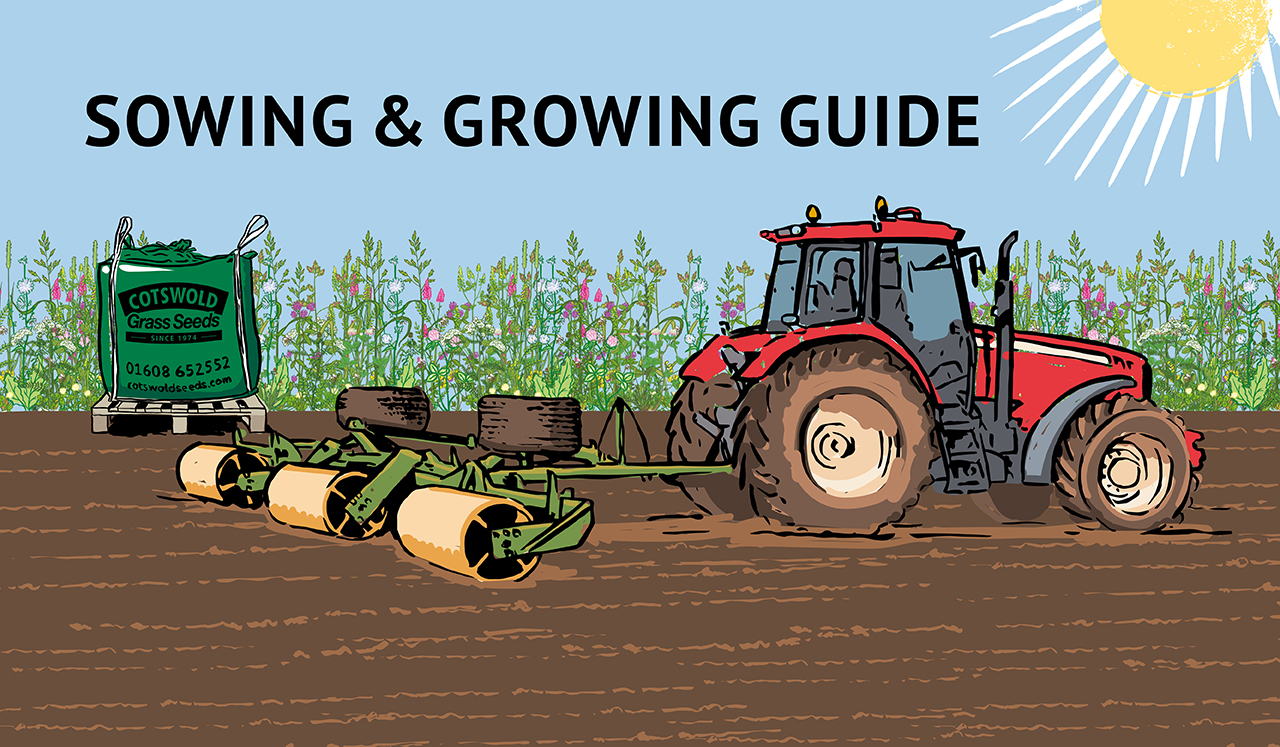

Westerwolds (lolium westerwoldicum) is a short term annual grass. It's the highest yielding ryegrass with similar forage quality to the well known Italian ryegrass. It can produce a silage crop just 12 weeks from sowing. It is the only grass to produce a stem and seed head from a spring sowing, making it especially suitable for the production of hay from a spring planting.
From an autumn sowing, westerwold ryegrass grows very early in the spring so can provide an early graze in March. Therefore it is a cheap alternative to cereal rye which was formally grown for this purpose.
As well as silage, haylage and hay production, westerwold ryegrass is a useful green manure crop which reduces nitrogen leaching over the winter. It effectively seeks out and mops up nitrate in soil.
When to sow: It may be sown in the autumn in order to establish an over-winter cover for production the following spring and summer. It can also be planted in the spring for a full yielding summer crop.
Sowing Rates: 3.5 g/m2 - 14 kg per acre - 35 kg per ha
Preparation: A non-selective herbicide should be used before seedbed preparation to create a stale seedbed and control as many weeds as possible.
Sowing: Drill into a fine firm seedbed and try to avoid drying the soils out with excessive cultivations in dry autumns. Rolling to retain moisture and break down clods before and after sowing with a cambridge or flat roller is essential. Broadcast seed should be harrowed lightly after sowing, the area must then be rolled to consolidate the seedbed.
Management: When sown in the spring it is ready for cutting after only 12 weeks. A further two cuts can follow a spring sowing on soils that have an adequate supply of moisture and a source of nitrogen.
If using westerwold ryegrass for green manure, try to avoid the plant becoming too mature and stemmy as this can lead to seed shed, which can create a problem in future crops.
Date Posted: 20th January 2023



